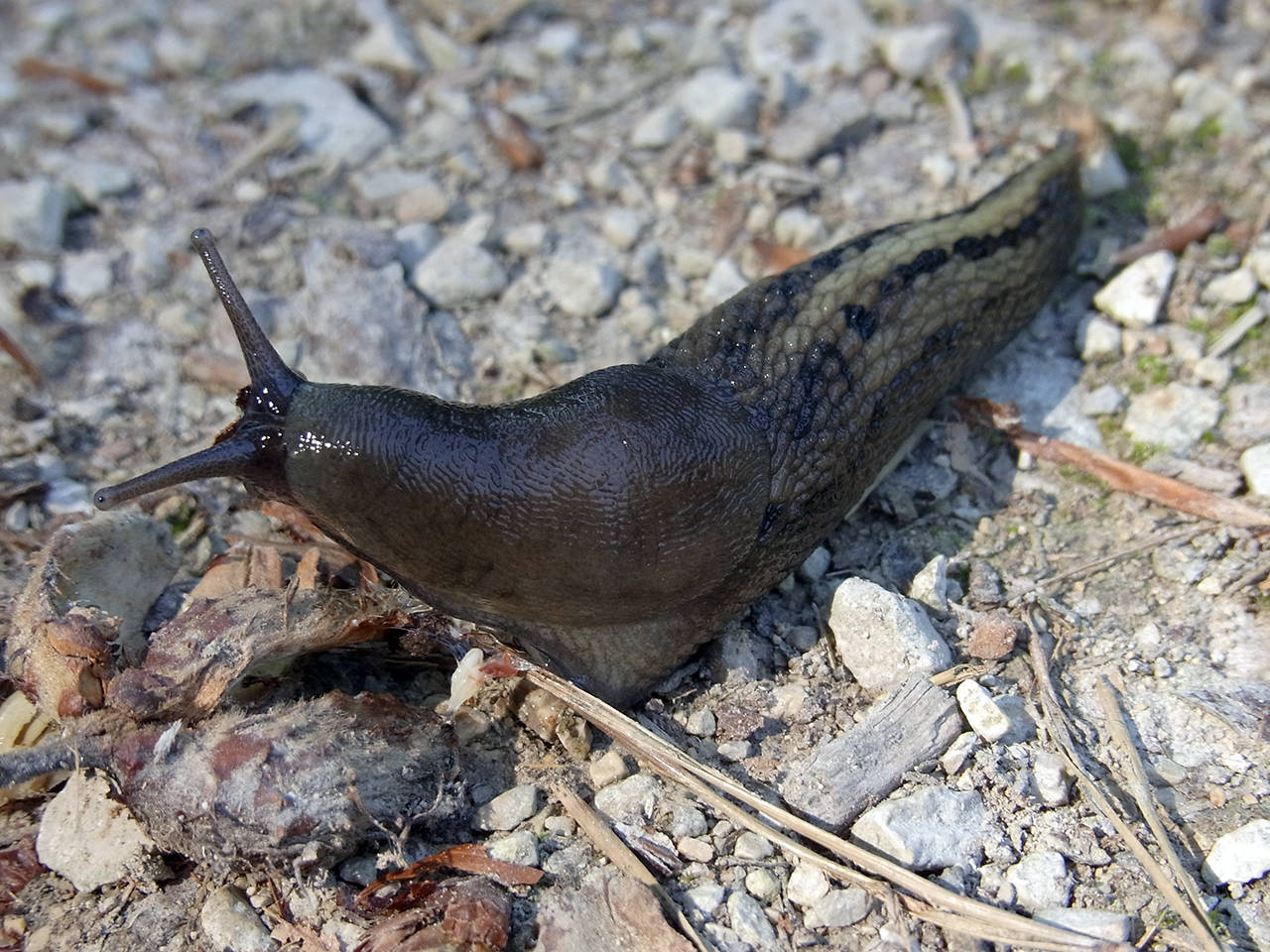By Kathy Eko
WSU Master Gardener
When it comes to using pesticides, the questions are endless.
Should I use this pesticide to kill the weeds in my garden, or should I use something else? How do I find out what is safe for my pets? Should I make my own pesticide? Should I believe what the pesticide suppliers are telling me?
A garden pest can be an insect, a mouse, deer and other animals, unwanted plants (weeds), or a microorganism (fungi, bacteria or viruses). All are living organisms.
What exactly is a pesticide? According to the U.S. Environmental Protection Agency, a pesticide is any substance or mixture of substances intended for preventing, destroying, repelling, or mitigating any pest. It is also any substance or mixture of substances intended for use as a plant regulator, defoliator or desiccant.
Many will remember one of the first chemical pesticides: DDT. It was first used to combat malaria, typhus and other insect-borne human diseases. It later became a common pesticide for crops, including home vegetable gardens. In the 1950s and ’60s, the U.S. Department of Agriculture prohibited DDT for many uses because of growing evidence of its declining benefits and environmental and toxicological effects.
It’s a good idea to minimize the need for pesticides by practicing integrated pest management, known as IPM. This means using the least hazardous procedures and products. If you decide to hire a pest control company, remember that a good IPM specialist will inspect the premises; identify the pest; tell you the extent of any pest damage; implement appropriate corrections; and schedule a follow-up visit to evaluate the success of the corrective actions.
There are four ways a pesticide can enter the body: You can get it in your eyes, get it on your skin, breathe it in or ingest it. So how can you eliminate or reduce the chance of exposure?
• Never store pesticides in food containers.
• Keep them in their original containers, with their product names and EPA registration numbers.
• Store them in cabinets that are inaccessible to children and pets.
• Post emergency phone numbers in a prominent place.
If you are exposed or if you ingest a pesticide, call 911 or the National Poison Control Center at 800‑222‑1222.
Sometimes exposure to a pesticide happens no matter how many precautions you take. A few of the common symptoms are headaches, dizziness, nausea, and irritation of skin, eyes, nose and throat. Moderate exposure symptoms are diarrhea, stomach cramps, blurred vision, rapid pulse or flushed skin. Severe exposure may bring fever, intense thirst, vomiting, twitches, convulsions and unconsciousness.
So, you decide you must use a pesticide. But first, you should follow these steps:
1. First, monitor the plant you think is fighting a pest.
2. Identify the pest.
3. Establish an acceptable injury level. This can be a very subjective determination. In some gardens you can search and search and still cannot find one nibbled leaf or one slug trail. Of course, these gardeners will not tolerate any pests. But in other gardens, you’ll find a weed here and there, and you’ll probably see telltale signs of snails and slugs. Obviously, I include myself as a high‑tolerance person!
4. After establishing your tolerance level, decide if you want to do anything. And if you do, while wearing appropriate safety gear, control the pest using all established strategies: cultural, physical, biological control and chemical control, which is sometimes indispensable when used correctly.
There are many organic and natural pesticides that may be better choices than chemical products. The organic ones include plant-based insect repellents, neem oils, and certain mosquito and wasp/hornet killers. Some of the natural home pesticides are soapy water, plant-based mosquito repellents, beer, pepper spray, spray made with herbs, neem oil, or rubbing alcohol and water.
Several botanically derived pesticides also can be toxic to humans. Examples include nicotine, rotenone and some pyrethrin.
Prevention is the first step in controlling pests. Have you ever heard the expression “right time, right place”? Well, for a gardener, the expression should be “right plant, right place.” You wouldn’t put a hosta in a spot that gets full sun all day, or plant sunflowers underneath a shady fir tree.
When you are buying plants, ask questions of the nursery attendant and read the directions on the plant labels. Also, select good, healthy nursery stock and disease-resistant plants.
Enjoy your gardens and remember, be safe out there, and most important, have fun.
* * *
Join the Master Gardeners for their next First Saturday workshop Nov. 2 from 10 to 11 a.m. at the WSU Extension Office at the Grays Harbor County Fairgrounds. Master Gardeners have a wealth of tips to share so you can remain an active gardener as you age.
^
Kathy Eko gardens south of Elma, where her dahlias put on a spectacular show in late summer. She became a WSU Master Gardener in 2010.


